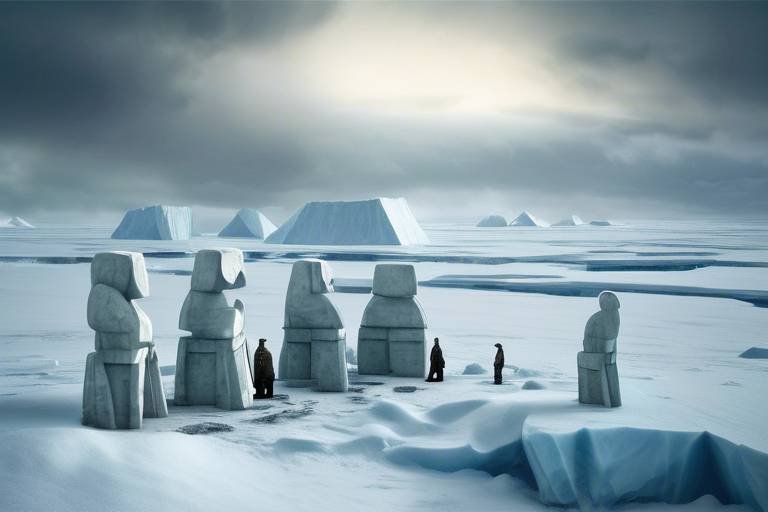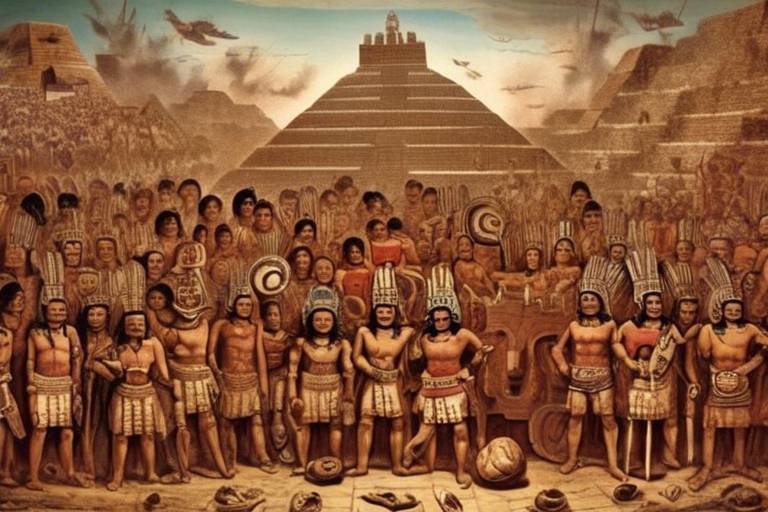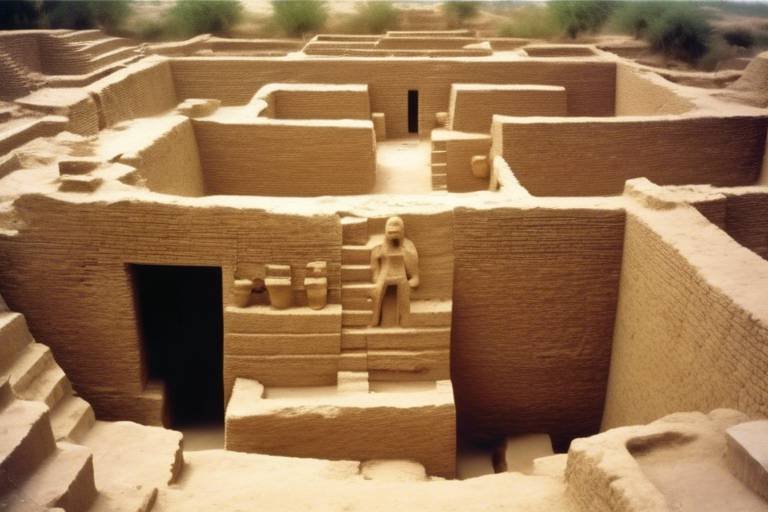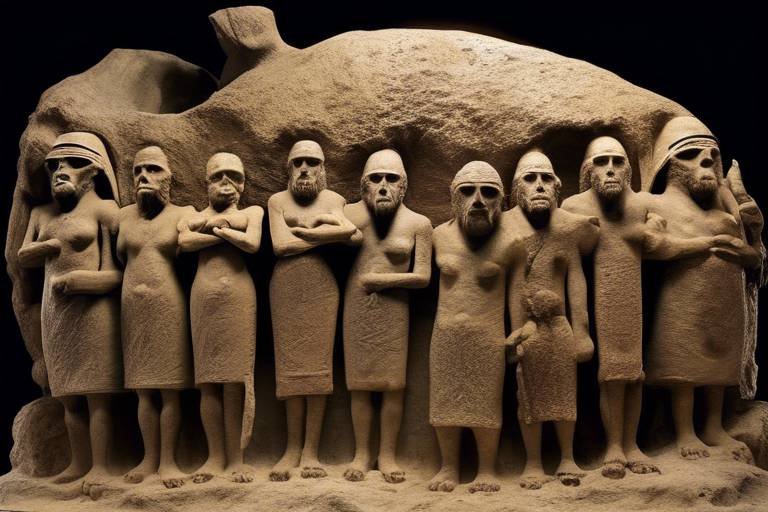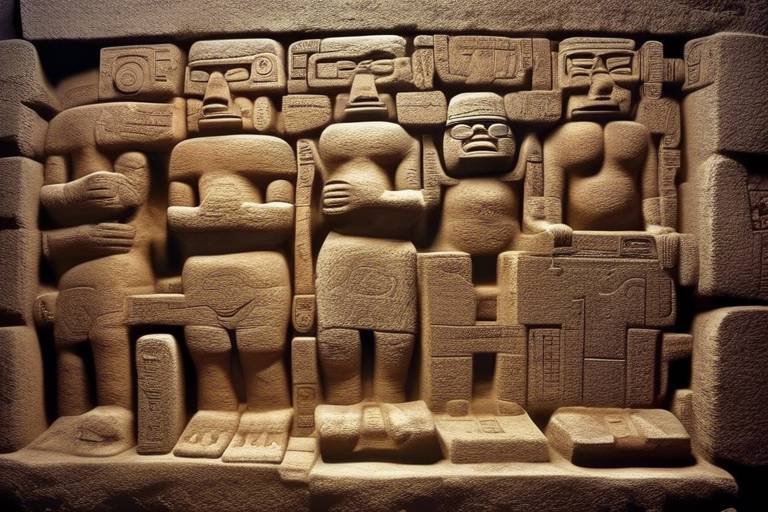The Mystery of the Lost Civilizations of the Indian Subcontinent
The Indian subcontinent holds within its ancient soils the remnants of lost civilizations that have mystified historians, archaeologists, and enthusiasts for centuries. The enigmatic disappearance of these advanced societies has sparked numerous theories and debates, leaving behind a trail of clues and unanswered questions that continue to intrigue modern minds.
As we delve into the depths of history, we encounter the intriguing rise and fall of the Harappan civilization, a sophisticated urban society with advanced infrastructure and a sudden decline that has puzzled researchers. The transition from the Harappan era to the Vedic period unveils a transformation marked by new cultural practices, religious beliefs, and societal structures that shaped ancient India.
Unraveling the enigma of the Indus Valley Civilization reveals a world of intricate city planning, extensive trade networks, and a mysterious script that still eludes full decipherment. The controversial Aryan migration theory adds another layer of complexity, raising questions about its impact on the decline of the Indus Valley Civilization and the origins of the Vedic people.
Legends of lost cities like Dwarka and the mythical continent of Lemuria blur the lines between myth and reality, weaving a tapestry of folklore, archaeology, and historical narratives that challenge our understanding of the past. The role of climate change, natural disasters, and environmental factors in shaping the fate of ancient civilizations underscores the fragile balance between human endeavors and the forces of nature.
Recent archaeological discoveries continue to unearth the secrets of the past, utilizing advanced technologies and research methodologies to piece together the puzzle of lost civilizations on the Indian subcontinent. The enduring legacy of these ancient societies serves as a reminder of the importance of preserving cultural heritage and learning from the lessons of history to shape the future.
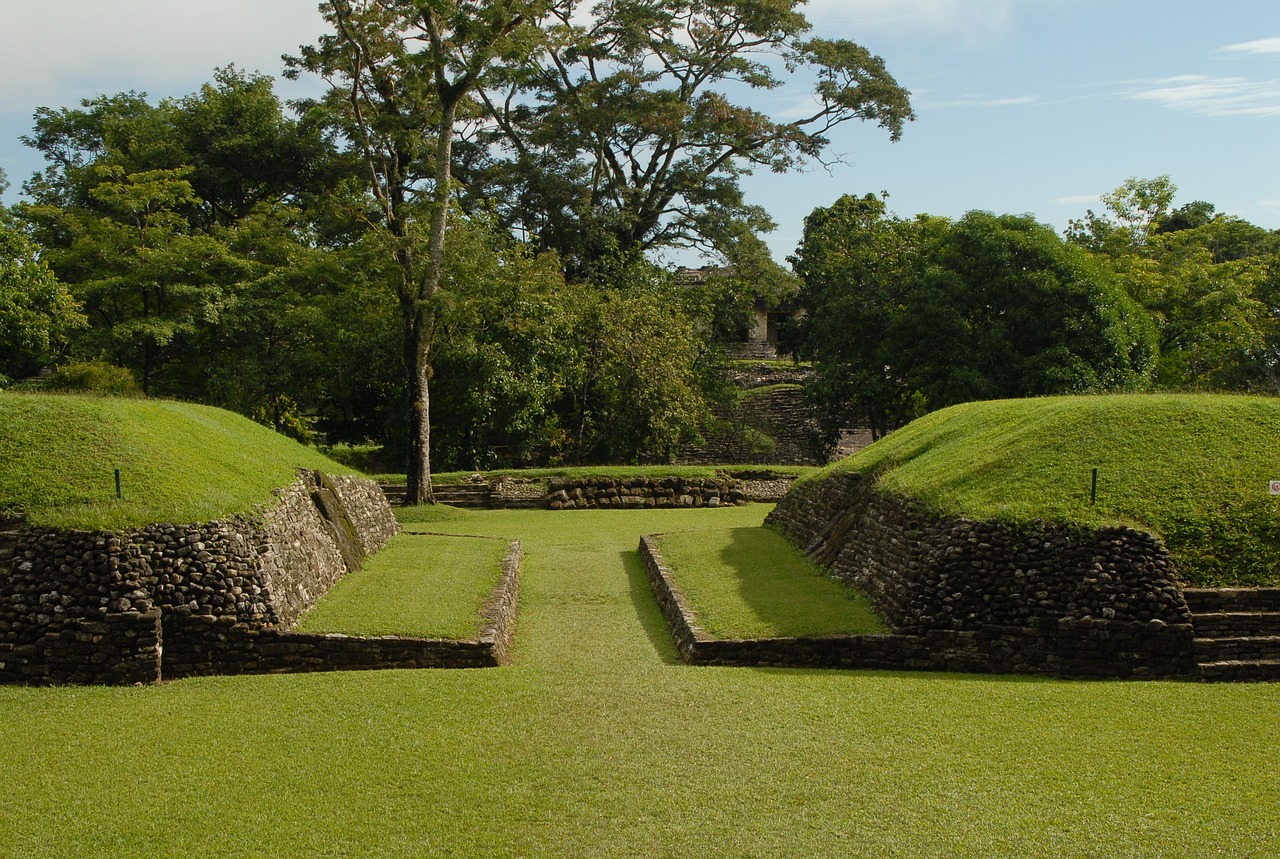
Harappan Civilization: Rise and Fall
The Harappan civilization, also known as the Indus Valley civilization, was a remarkable ancient society that thrived in the Indian subcontinent around 3300-1300 BCE. Known for its sophisticated urban planning, advanced drainage systems, and intricate trade networks, the Harappan civilization represented a pinnacle of early urban development.
However, the prosperity of the Harappan civilization was not eternal. Around 1900 BCE, the major urban centers of Harappa and Mohenjo-Daro began to decline rapidly, leading to the eventual collapse of this once-flourishing civilization. The reasons behind this sudden downfall remain shrouded in mystery, sparking numerous theories and debates among archaeologists and historians.
Some scholars suggest that environmental factors such as climate change, deforestation, or natural disasters may have played a role in the decline of the Harappan civilization. Others point to possible invasions, internal conflicts, or shifts in trade routes as contributing factors to its demise.
Despite the enigmatic nature of its decline, the legacy of the Harappan civilization continues to intrigue researchers and enthusiasts alike. Through ongoing archaeological excavations and studies, we strive to unravel the mysteries surrounding the rise and fall of this ancient civilization, shedding light on its significance in shaping the history of the Indian subcontinent.

Vedic Period: Transition and Transformation
The Vedic period marks a significant transition and transformation in the history of the Indian subcontinent, bridging the gap between the decline of the Harappan civilization and the emergence of a new cultural era. This era is characterized by the composition of the sacred texts known as the Vedas, which laid the foundation for the religious and philosophical beliefs of ancient India. The transition from the urban-centric lifestyle of the Harappan civilization to the pastoral and agrarian society of the Vedic period brought about profound changes in societal structure and cultural practices.
During the Vedic period, there was a shift from the urban planning and centralized governance of the Harappan cities to a more decentralized system based on kinship and tribal affiliations. The emergence of pastoral communities and the practice of agriculture played a crucial role in shaping the economic and social dynamics of ancient India. The Rigveda, one of the oldest Vedic texts, provides insights into the religious beliefs, rituals, and societal norms of this period.
The transformation during the Vedic period was not limited to societal changes but also encompassed the evolution of religious practices and philosophical thought. The Vedic texts introduced the concept of sacrifice as a means of communication with the divine, laying the groundwork for the development of Hinduism. The transition from the polytheistic beliefs of the Harappan civilization to the reverence of deities such as Indra, Agni, and Varuna marked a significant shift in religious ideology.
Moreover, the Vedic period witnessed the consolidation of social stratification based on varna (caste) system, with distinct roles and responsibilities assigned to different social groups. The Brahmins (priests), Kshatriyas (warriors), Vaishyas (merchants), and Shudras (laborers) formed the foundation of the Vedic social order, influencing the structure of Indian society for centuries to come.
As the Vedic period unfolded, it laid the groundwork for the cultural and philosophical heritage that would define the Indian subcontinent for millennia. The transition from the Harappan civilization to the Vedic era marked a pivotal moment in the history of ancient India, shaping the religious, social, and philosophical landscape of the region.

Indus Valley Civilization: Unraveling the Enigma
The Indus Valley Civilization, also known as the Harappan Civilization, remains one of the most intriguing ancient societies to have thrived in the Indian subcontinent. Spanning from around 3300 to 1300 BCE, this enigmatic civilization left behind a legacy of advanced urban planning, intricate drainage systems, and a script that is yet to be fully deciphered.
Archaeological excavations at sites like Mohenjo-Daro and Harappa have revealed a sophisticated urban landscape with well-planned streets, multi-story buildings, and a remarkable level of hygiene for its time. The presence of granaries, public baths, and a centralized authority hints at a complex social structure and a thriving economy based on trade with neighboring regions.
One of the enduring mysteries of the Indus Valley Civilization lies in its undeciphered script, known as the Indus script. Despite numerous attempts by linguists and archaeologists, the script remains a puzzle, with no definitive translation available. The absence of monumental architecture or royal burials has further confounded researchers, leading to various hypotheses about the political organization and religious beliefs of the Harappan people.
The trade networks of the Indus Valley Civilization extended to Mesopotamia, Oman, and other distant regions, indicating a prosperous maritime trade system that facilitated the exchange of goods such as precious metals, gemstones, and luxury items. The discovery of seals with intricate designs and inscriptions suggests a high level of craftsmanship and administrative control over trade activities.
Despite its impressive achievements in urban planning, trade, and craftsmanship, the decline of the Indus Valley Civilization remains a subject of debate among scholars. Theories range from environmental factors such as climate change and riverine shifts to external invasions or internal conflicts. The abrupt abandonment of major cities like Mohenjo-Daro has fueled speculations about catastrophic events that may have led to the downfall of this once-thriving civilization.
In unraveling the enigma of the Indus Valley Civilization, ongoing research and technological advancements in archaeological methods continue to shed new light on this ancient society. The legacy of the Harappan people endures through their architectural marvels, intricate artifacts, and the tantalizing mystery of a script waiting to be deciphered, offering a glimpse into a bygone era that still captivates the imagination of historians and enthusiasts alike.
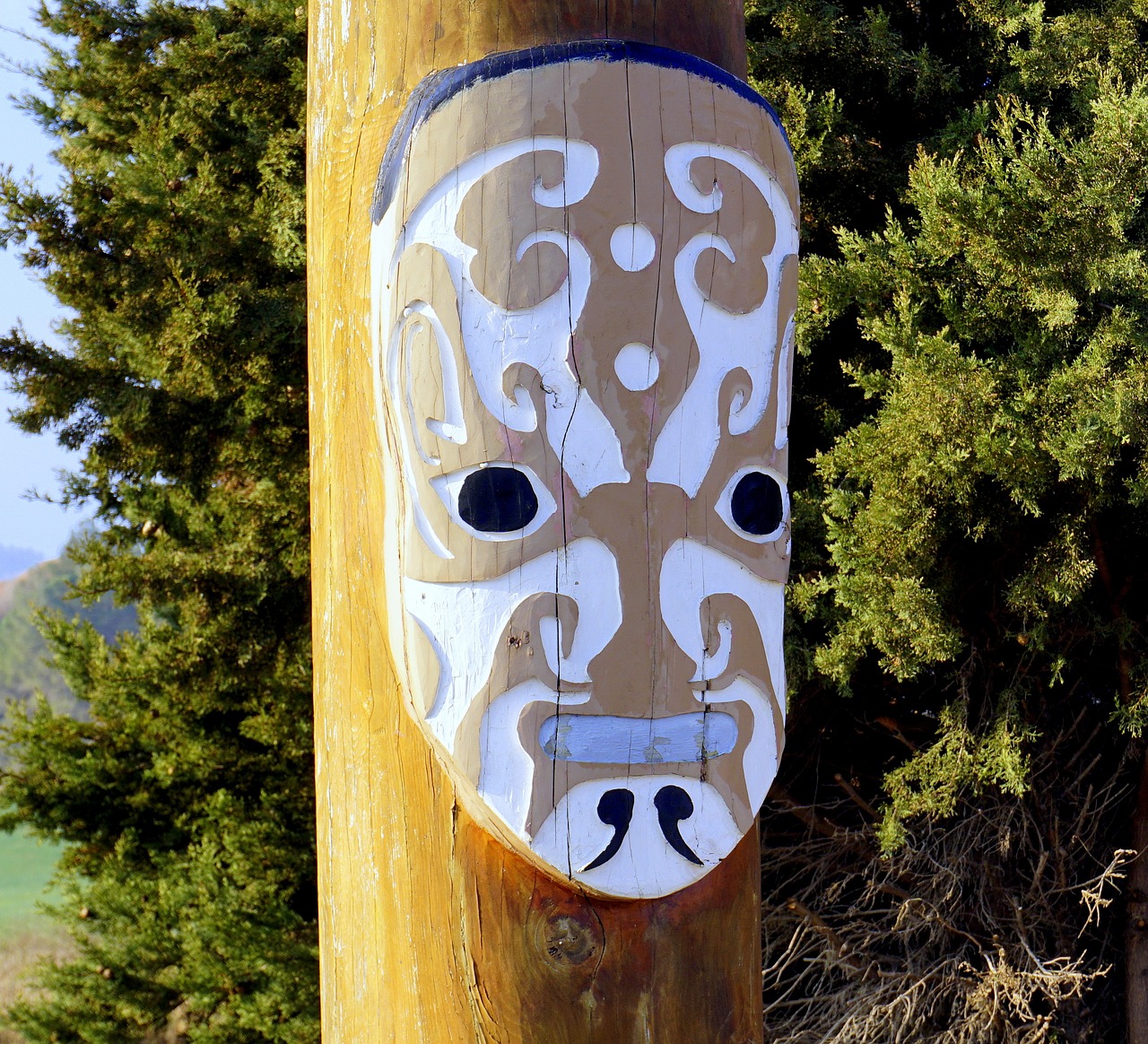
Aryan Migration Theory: Debates and Divergence
When it comes to the Aryan Migration Theory, there is no shortage of debates and divergence among scholars and historians. This controversial theory suggests that a group of Indo-European migrants known as the Aryans entered the Indian subcontinent around 1500 BCE, potentially leading to the decline of the Indus Valley Civilization. The implications of this theory are vast, sparking discussions on the origins of the Vedic people and the cultural shifts that occurred during this period of ancient history.
One of the key points of contention surrounding the Aryan Migration Theory is the lack of concrete archaeological evidence to support the mass migration of a distinct Aryan group into the Indian subcontinent. While linguistic and textual sources have been used to argue in favor of this theory, the absence of definitive proof continues to fuel scholarly debates and alternative interpretations of the ancient past.
Moreover, the Aryan Migration Theory raises questions about the interactions between the incoming Aryans and the indigenous populations of the Indian subcontinent. Did the Aryans peacefully integrate with the existing cultures, or did their arrival lead to conflicts and societal upheaval? These inquiries delve into the complexities of ancient migrations and the cultural dynamics that shaped the evolution of civilizations in the region.
As researchers continue to explore the Aryan Migration Theory, new perspectives and diverging viewpoints emerge, challenging conventional narratives and prompting a reevaluation of historical paradigms. The debate surrounding this theory underscores the intricate nature of reconstructing the past and the constant evolution of our understanding of ancient societies.

Lost Cities and Legends: Myth or Reality?
When delving into the annals of history and exploring the depths of ancient lore, one often encounters tales of lost cities and legendary civilizations that have captured the imagination of scholars and adventurers alike. Among the most intriguing mysteries of the Indian subcontinent are the enigmatic accounts of submerged cities like Dwarka and the fabled lost continent of Lemuria. But are these stories mere myths spun from the threads of imagination, or do they hold kernels of truth waiting to be unearthed?
Legends speak of Dwarka, a majestic city said to have been swallowed by the sea, immortalized in the epic of the Mahabharata. Archaeological expeditions off the coast of Gujarat have revealed submerged structures and artifacts, fueling speculation about the existence of this ancient metropolis. Similarly, the myth of Lemuria, a hypothetical lost landmass in the Indian Ocean, has sparked debates among scholars seeking to reconcile folklore with geological evidence.
As we navigate the blurred boundaries between myth and reality, it becomes apparent that these tales serve as windows into the collective consciousness of civilizations past. The intersection of folklore, archaeology, and historical narratives offers a tapestry of insights into the cultural tapestry of the Indian subcontinent, where fact and fiction intertwine in a dance of discovery and interpretation.

Climate Change and Catastrophes: Disasters in Antiquity
Climate change and catastrophes have long been speculated as potential factors contributing to the downfall of ancient civilizations in the Indian subcontinent. The region's susceptibility to natural disasters, such as floods, droughts, and earthquakes, played a significant role in shaping the course of history for these early societies. The unpredictable nature of these calamities posed challenges to the sustainability of urban centers and agricultural practices, leading to widespread devastation and displacement of populations.
Moreover, the impact of climate change on ancient civilizations cannot be underestimated. Shifts in weather patterns, fluctuations in monsoon cycles, and environmental degradation may have disrupted agricultural productivity, causing food shortages and social unrest. The vulnerability of these early societies to climatic variations underscores the interconnectedness between human activities and the natural environment, highlighting the fragility of civilization in the face of ecological challenges.
Archaeological evidence suggests that certain ancient cities in the Indian subcontinent were abandoned or destroyed following catastrophic events, such as the drying up of river systems or the inundation of coastal areas. These sudden environmental changes forced inhabitants to adapt or relocate, leading to the decline of once-thriving urban centers and the dispersal of cultural practices.
Furthermore, the occurrence of large-scale disasters, whether triggered by natural phenomena or human-induced factors, had profound implications for the socio-economic stability of ancient civilizations. The loss of vital resources, infrastructure damage, and social disintegration resulting from catastrophes reshaped the political landscape and cultural dynamics of the Indian subcontinent, leaving a lasting impact on subsequent generations.
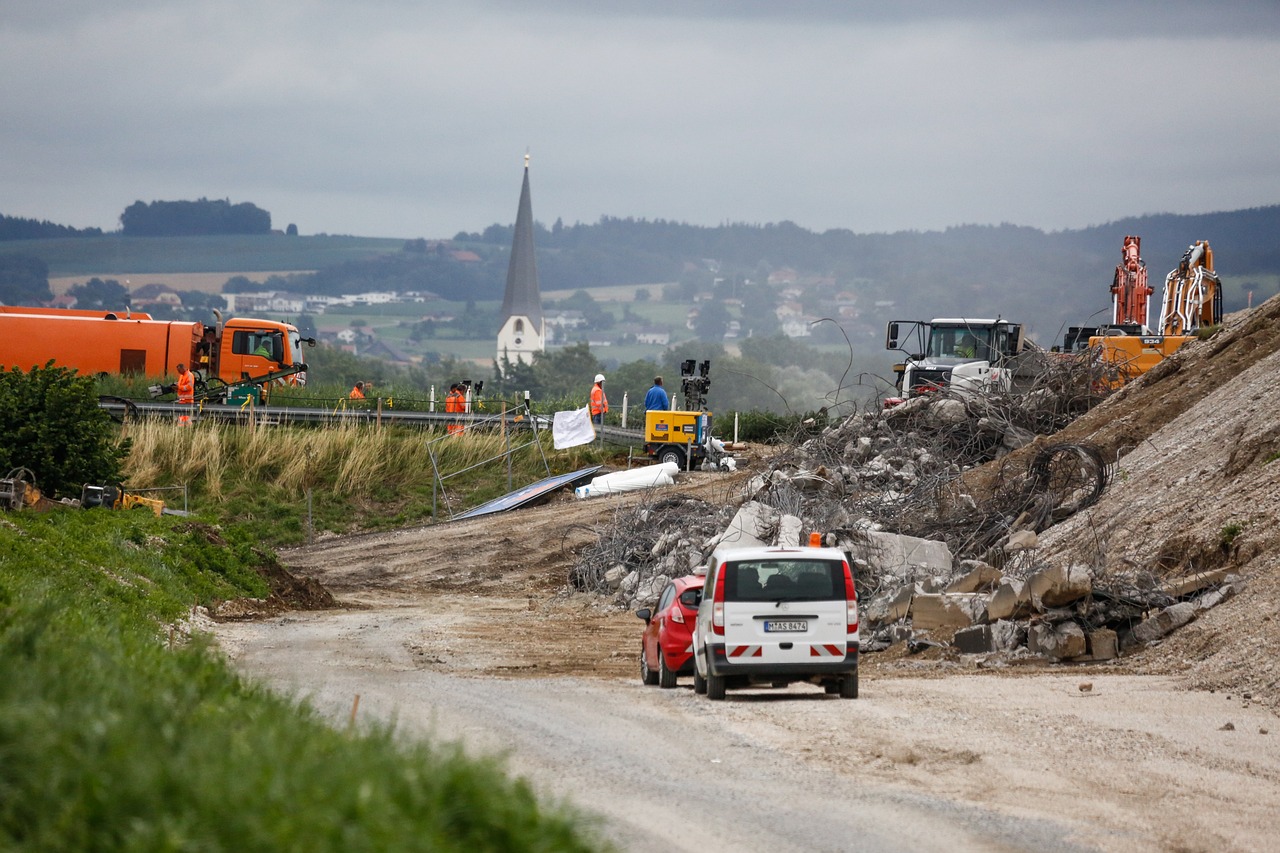
Archaeological Discoveries: Unearthing the Past
Archaeological discoveries play a crucial role in unraveling the mysteries of lost civilizations on the Indian subcontinent. Through meticulous excavation and analysis, researchers have unearthed a treasure trove of artifacts, structures, and inscriptions that offer valuable insights into the ancient past. These discoveries not only shed light on the technological advancements and cultural practices of bygone societies but also provide clues to the factors that led to their eventual decline.
One remarkable find is the discovery of the Great Bath in Mohenjo-Daro, a key archaeological site of the Indus Valley Civilization. This sophisticated structure, believed to have been used for ritualistic purposes or communal bathing, showcases the advanced engineering skills and urban planning of the ancient inhabitants. The intricate drainage system and well-preserved brickwork of the Great Bath highlight the meticulous craftsmanship of the Harappan people.
Furthermore, the decipherment of the Indus script, a writing system used by the Indus Valley Civilization, has been a subject of intense scholarly debate. While the script remains undeciphered in its entirety, partial inscriptions on seals and tablets have provided valuable clues about the language and administrative practices of the ancient civilization. The ongoing efforts to decode the Indus script hold the potential to unlock a wealth of information about the social, political, and economic organization of the Indus Valley society.
In recent years, advancements in archaeological techniques such as remote sensing, LiDAR technology, and isotopic analysis have revolutionized the field of archaeology in India. These cutting-edge methods have enabled researchers to map ancient landscapes, detect hidden structures beneath the surface, and trace the movement of ancient populations through isotopic signatures. By combining traditional excavation methods with modern scientific tools, archaeologists have been able to reconstruct the past with unprecedented accuracy and detail.
Archaeological discoveries not only contribute to our understanding of the past but also hold immense cultural and historical significance. By preserving and interpreting the material remains of lost civilizations, archaeologists ensure that the legacy of ancient societies is safeguarded for future generations. The ongoing exploration of archaeological sites across the Indian subcontinent continues to enrich our knowledge of the diverse cultures and civilizations that once thrived in this region, offering a glimpse into the rich tapestry of human history.

Legacy and Heritage: Preserving Ancient Wisdom
Preserving ancient wisdom is not merely a task of archiving relics and artifacts; it is a commitment to safeguarding the essence of past civilizations for future generations. The legacy left behind by the lost civilizations of the Indian subcontinent holds invaluable lessons in cultural diversity, societal organization, and technological advancements. As custodians of this rich heritage, it is our responsibility to ensure that the knowledge and achievements of our ancestors are not lost to the sands of time.
Through meticulous preservation efforts and ongoing research, archaeologists and historians strive to piece together the puzzle of ancient societies, deciphering the clues left behind by vanished civilizations. The exploration of ancient sites, decipherment of inscriptions, and analysis of cultural practices all contribute to unraveling the tapestry of the past and shedding light on the intricate web of human history.
Moreover, the preservation of ancient wisdom extends beyond the realm of academia; it resonates in the cultural practices, artistic expressions, and spiritual beliefs of contemporary society. From architectural marvels to philosophical treatises, the echoes of bygone eras reverberate in the traditions and customs that shape our identities and worldviews.
As we navigate the complexities of the modern world, the wisdom of our ancestors serves as a guiding beacon, offering insights into resilience, innovation, and the cyclical nature of human civilization. By honoring the legacy and heritage of lost civilizations, we not only pay homage to the ingenuity of the past but also pave the way for a more enlightened future built on the foundations of ancient wisdom.
Frequently Asked Questions
- What caused the decline of the Harappan civilization?
The decline of the Harappan civilization remains a topic of debate among historians and archaeologists. Some theories suggest factors such as environmental changes, natural disasters, or invasions by outside groups could have contributed to its downfall.
- Were the Aryans responsible for the decline of the Indus Valley Civilization?
The Aryan migration theory proposes that the arrival of Indo-European groups, known as the Aryans, played a role in the decline of the Indus Valley Civilization. However, this theory is still contentious, with ongoing scholarly discussions and differing viewpoints on its validity.
- What evidence supports the existence of ancient submerged cities like Dwarka?
Archaeological findings, geological surveys, and underwater explorations have provided some evidence supporting the existence of ancient submerged cities like Dwarka. These discoveries contribute to the ongoing exploration of India's rich historical and mythological past.
- How do modern theories attempt to unravel the mysteries of lost civilizations in the Indian subcontinent?
Modern theories draw upon a combination of archaeological evidence, scientific advancements, and interdisciplinary research to piece together the puzzle of lost civilizations in the Indian subcontinent. By integrating various fields of study, researchers aim to gain a deeper understanding of ancient societies and their legacies.





